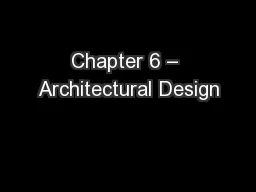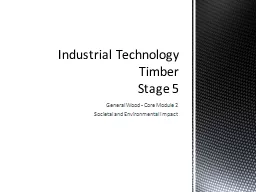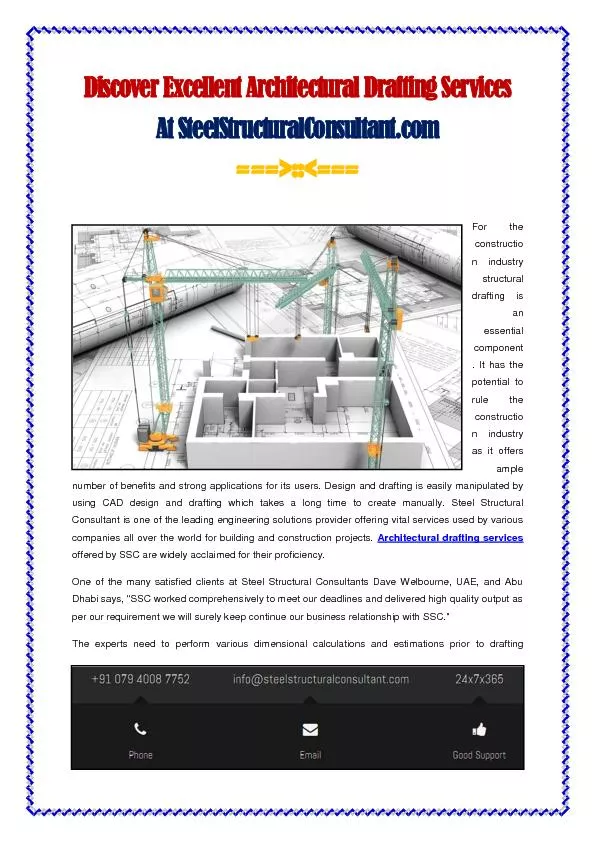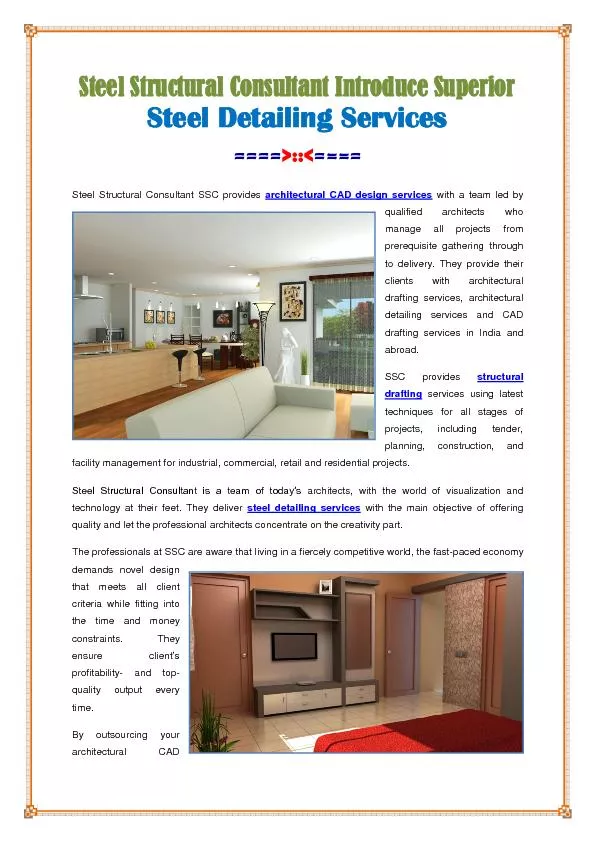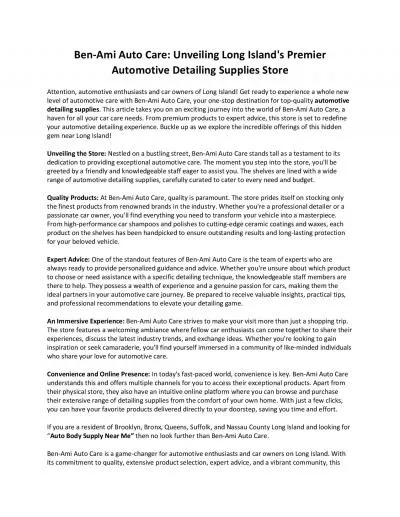PPT-Styles of Architectural Detailing
Author : tawny-fly | Published Date : 2016-03-20
Where to look for decorative details Matters of style Style is a late 18 th century word that slowly replaced the equivalent termstaste or fashionin describing architectural
Presentation Embed Code
Download Presentation
Download Presentation The PPT/PDF document "Styles of Architectural Detailing" is the property of its rightful owner. Permission is granted to download and print the materials on this website for personal, non-commercial use only, and to display it on your personal computer provided you do not modify the materials and that you retain all copyright notices contained in the materials. By downloading content from our website, you accept the terms of this agreement.
Styles of Architectural Detailing: Transcript
Download Rules Of Document
"Styles of Architectural Detailing"The content belongs to its owner. You may download and print it for personal use, without modification, and keep all copyright notices. By downloading, you agree to these terms.
Related Documents



